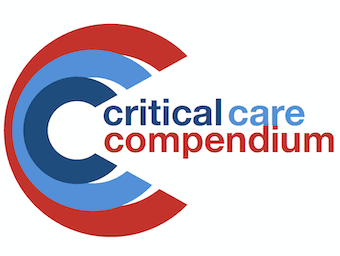
Urinary Electrolytes
Urinary Electrolytes: used in the diagnosis of a number of electrolyte disturbances in ICU (especially when intake of electrolytes is known and relatively controlled)
The LITFL Critical Care Compendium is a comprehensive collection of pages concisely covering the core topics and controversies of critical care.

Urinary Electrolytes: used in the diagnosis of a number of electrolyte disturbances in ICU (especially when intake of electrolytes is known and relatively controlled)

Syndrome Of Inappropriate ADH secretion (SIADH) is hyponatraemia due to an increase in concentration of ADH inappropriate to the current osmotic or volume status. The differential diagnosis includes ADH analogues

Hyponatraemia: common problem in ICU (30% of patients have a Na < 134mmol/L). Independent predictor of mortality in ICU

Hypophosphataemia: Phosphate - important intracellular anion; 85% is stored in bone as hydroxyapapitie crystals, 14% in soft tissues, 1% in blood

Hypokalaemia: the most common electrolyte abnormality in hospitalised patients; mostly caused by drugs and GI disease

Hypocalcaemia: Reduced intake; redistribution and increased output

Hypernatraemia can be caused by a number of critical illnesses: water depletion (decreased intake, hypotonic fluid loss – renal/non-renal); solute excess (Na+ or other)

Hyperkalaemia is a life-threatening emergency. Basic overview of hyperkalemia management

Ca2+ exists in the extracellular plasma two states: (1) free ionized state and (2) bound to other molecules (mostly albumin, rest – beta-globulins, phosphate, citrate)
ionized Ca2+ concentration is inversely related to pH -> an increase in pH results in a decrease in ionized Ca2+

Pseudomembranous colitis (PMC); acute inflammatory disease of colon commonly associated with antibiotic use; C. difficile implicated as a causative organism in 1970’s

Portopulmonary Syndrome is NOT considered contraindication to liver transplantation; affects ~20% of pre-transplant patients; usually due to increased blood flow through the lungs without increased resistance

Cuff pressure gauge aka cuff manometer; allows safe inflation of the cuff seal of low pressure endotracheal and laryngeal tube cuffs by measuring the cuff pressure